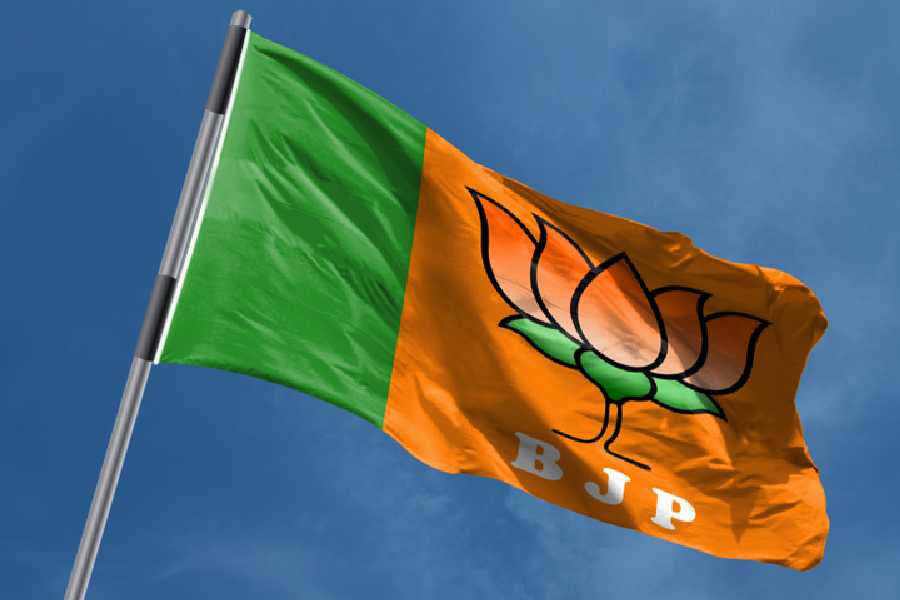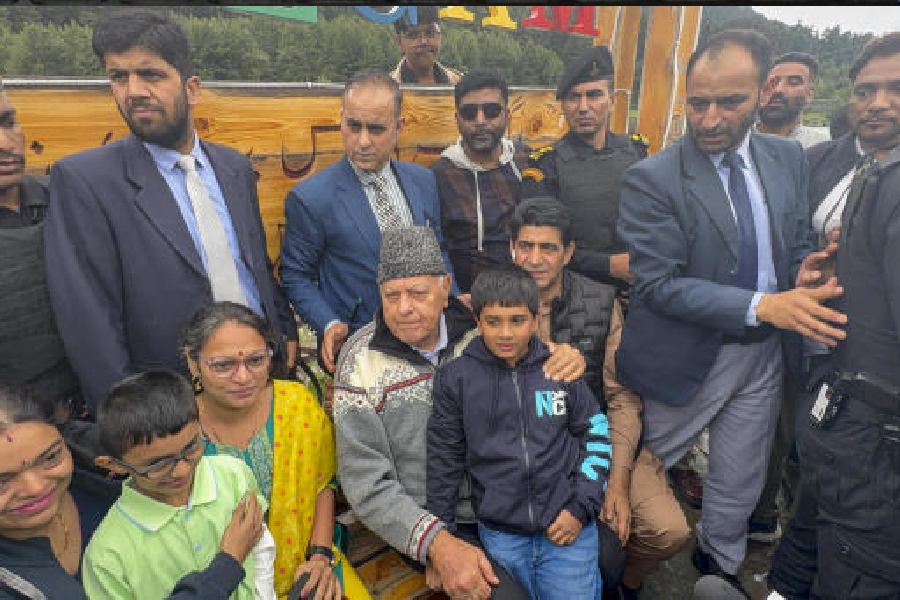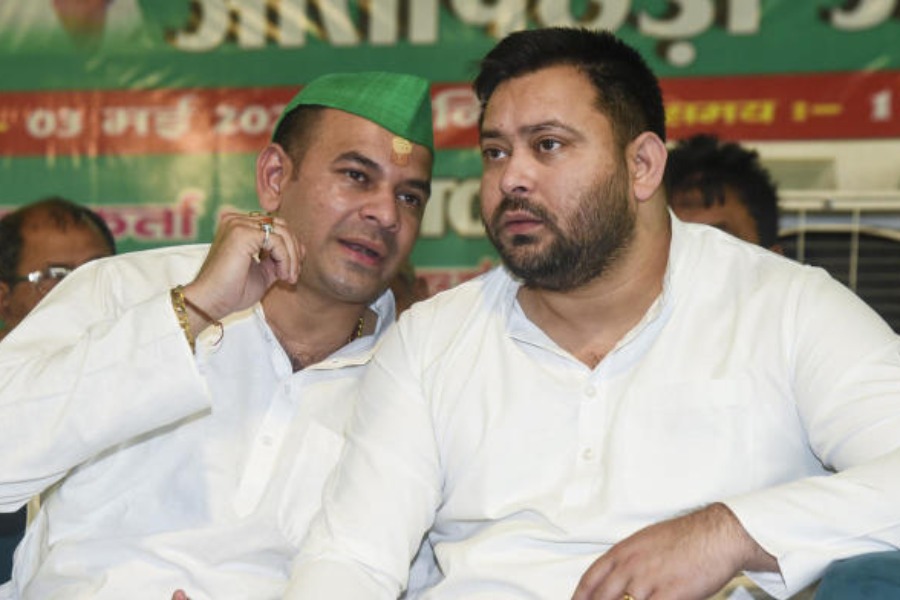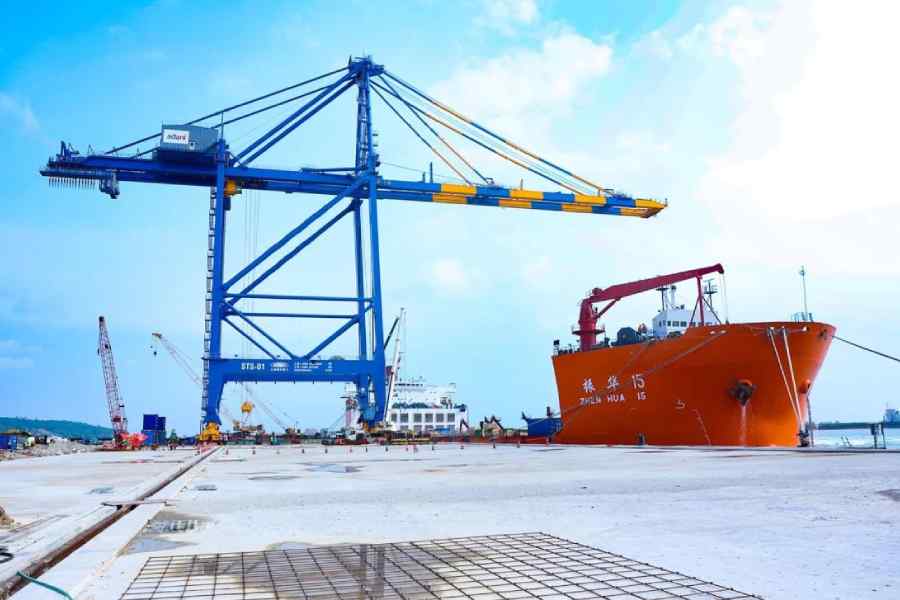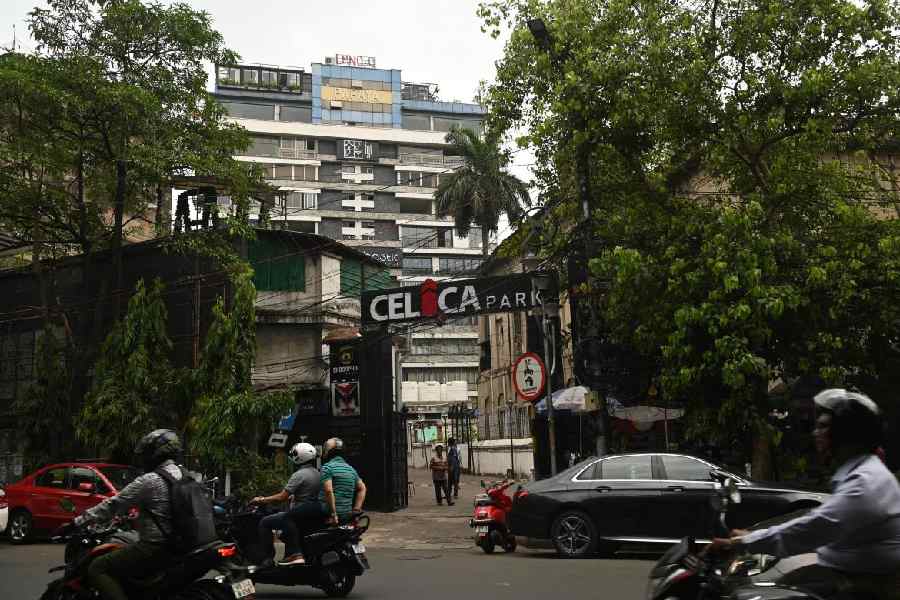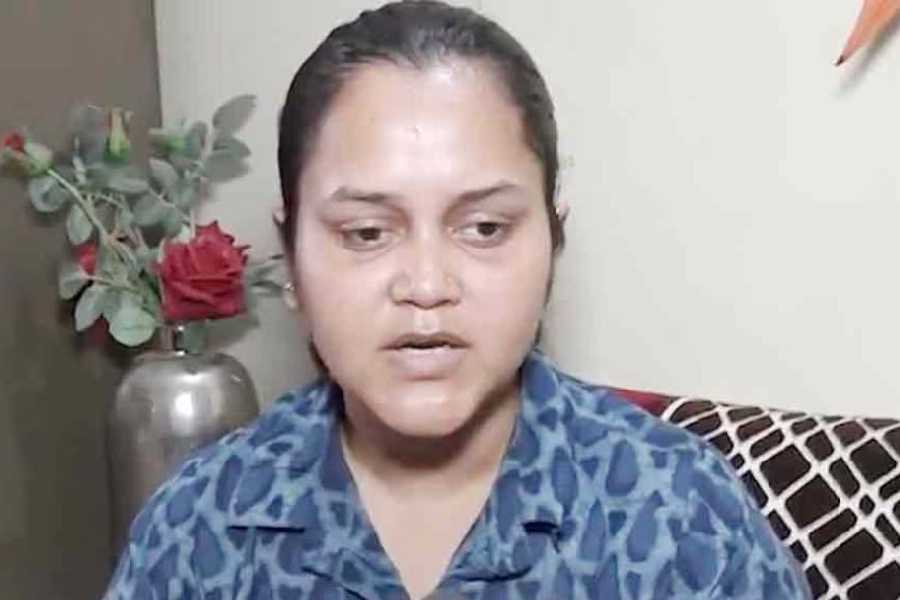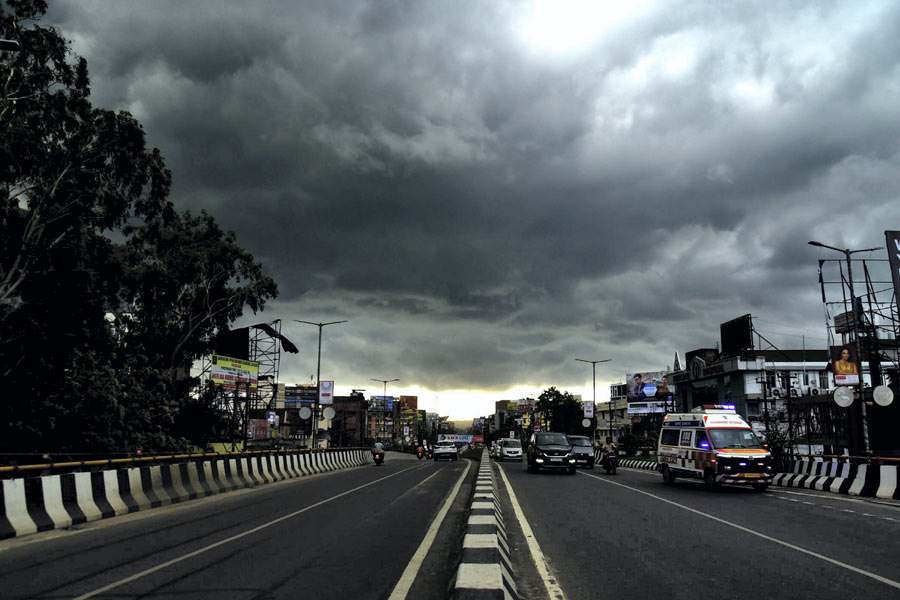 |
| President George W. Bush and Laura Bush aboard Air Force One |
New Delhi, Sept. 2: India’s plan to buy three luxury jets from Seattle-based aircraft maker Boeing to ferry Prime Minister Atal Bihari Vajpayee, his deputy Lal Krishna Advani and President A.P.J. Abdul Kalam around the globe has got snagged in red tape.
Reason: the US government is unable to decide whether the high-tech, state-of-the-art, classified equipment the Indians want as part of the Rs 135-crore deal should be sold or not.
India wants an anti-missile system fitted to the belly of the aircraft that will confuse homing missiles using advanced technology plus a special scrambler device which will make all communication from the VIP planes to ground stations safe from intercepts.
The first is considered essential because of heightened terrorist threat to the lives of the nation’s top three leaders. The second is necessary to let them continue working normally even when in air.
Air Force One, the US President’s jet, has similar systems and it forms an essential part of the accoutrements that create the President’s image. Waving from the steps of Air Force One is a favourite presidential pastime. So is walking, or even carrying, the dog up the stairs — very much a family thing that apparently goes down well with the American people.
It’s not the dog, however, that is the problem — Vajpayee can always get one once he gets the plane. Indian diplomats and defence officials have been trying to persuade the US government to allow Boeing to sell the jets — called Boeing Business Jets which are custom-built long-range B737-700 series aircraft capable of flying Delhi-London in 12 hours non-stop — along with all the special features.
The Indian government, which had initially considered two aircraft — the other being the Airbus A319-CJ — focused on the Boeing jet because of its unique security features, lower maintenance cost (though it is a fuel guzzler using about 20 per cent more than competing luxury jet Global Express) and its spacious cabin.
The plane has an 800-square-foot cabin that can be customised to meet individual or business requirements for eight to 149 passengers with an executive office, conference rooms, private offices or dining rooms, bedrooms and showers.
India’s VIP fleet has three ageing Boeing 737-200s with two standby aircraft purchased from Indian Airlines. With an average life of around 20 years, these planes are considered rickety at best.
Any trip abroad by Vajpayee or his deputy forces the government to “borrow” a plane or two from Air India and Indian Airlines. It is an embarrassing ritual that sometimes forces the airlines to reschedule commercial flights.
For Boeing, too, the sale is crucial. It delivered only 11 Boeing Business Jets in 2002, the worst performance since sales peaked at 29 in 1999.
Most of the decline was due to lower sales to recession-hit Corporate America. Deliveries to West Asia, where 23 per cent of the fleet of this plane is based, and to governments and overseas buyers have not fallen as much.
A high-profile sale to the world’s biggest democracy would be considered a feather in any aircraft manufacturer’s cap that can be flaunted to attract more buyers.
As of now, though, all partners in the coalition against terror are not equal — not at least when it comes to security features on planes for their leaders.


